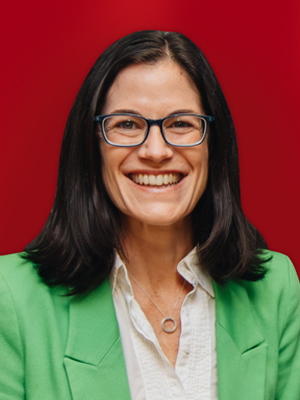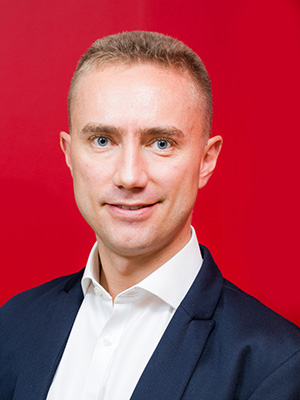
30 Aug Recognising 100-baggers is a crowning achievement for any investor
As published in BusinessLive.co.za on 30 August, 2020 by Kyle Wales
I recently listened to a conference call by an investment manager I hold in high regard. His investment style can be best described as “high quality”. This is in contrast to the traditional “value” manager who searches for unloved stocks which the market has pushed to unjustifiably low multiples of earnings or book value. It is also in contrast with the typical “growth” manager who is prepared to pay high multiples to buy (often less well established) companies that are growing their revenues or earnings (better yet, both) at very high growth rates.
This manager typically invests in high quality businesses, with durable franchises that grow their revenues dependably at GDP-plus growth rates and, due to operational leverage, their operating profits at a slightly quicker rate than this.
This style has delivered very well for the fund’s investors due to the power of the compounding effect on earnings over sufficiently long periods of time. Unilever was held up as a good example of this compounding effect, and we can only agree that its past compounding power has often been underestimated.
I was, however, quite surprised when he referenced the excellent (although US-focussed) book, “100-baggers”, by Chris Mayer, as justification for continuing to hold some of the businesses (like Unilever) that have done so well for him.
For those of you that are not familiar with this term, a “100-bagger” is a stock that has increased 100 times from when one originally bought it. Needless to say, finding a stock that manages to do this represents the holy grail for any investor.
An example of a South African “100-bagger” would be Naspers. While Koos Bekker’s investment acumen had already been demonstrated through his involvement in the founding of both Multichoice and MTN, it was Naspers’s $32 million investment in Chinese internet company, Tencent, that catapulted it into the global “big league”. Naspers’ market cap was a “mere” R5 billion when it invested in Tencent in 2001. As of today, Naspers’ market cap is over R 1.3 trillion[1].
Another example of a South African “100-bagger” would be Capitec Bank. In the case of Capitec, its share price was decimated in the small banking crisis of 2002/3 and eventually troughed at around R2 per share. Today, following its successful expansion strategy premised on zero-fee banking and lending to the formerly unbanked, Capitec’s share price is sitting at over R850[2]. Capitec’s market capitalization recently surpassed that of Nedbank, which was founded in 1831.
There are even a couple of global companies owned by South Africans which have become “100-baggers” including Tesla which has risen almost 100 times since its IPO in 2010, and, the less well known, Monster Beverages which has increased its share price a massive 1000 times since 1 January 2000.
There are certain essential traits that all 100 baggers have in common
In his book, Chris Mayer identifies a number of “essential principles” which should guide one in identifying future 100-baggers:
– The first and most important of these is to identify stocks that earn above average rates of return on capital due to a “moat” or a competitive advantage.
– The second is to ensure that the business is run by highly skilled managers who have a history of treating shareholders as partners.
– Finally, these businesses should have a sufficiently long runway for growth. As a result, smaller companies are preferred when identifying 100-baggers because it is harder for larger companies to grow at the same rate as smaller companies. Interestingly, however, Chris Mayer found that companies should not be “too small”. In his study of the 365 companies that were 100-baggers, the median sales level at the outset was $ 170 million (in non-inflation adjusted terms), which still represents a fairly sizeable business.
The holdings of the large investment manager I spoke about earlier comply with all the rules above except for the last one. Perusing the fund holdings reveals their fatal flaw – they are simply too large.
Chris Mayer’s book is about identifying the “100-baggers” of the future, not paying homage to the “100-baggers” of the past. To refer to Unilever once again, for it to be a “100-bagger” from here, its market cap would have to increase from its current $ 155 billion to $ 15.5 trillion. As a point of reference, the combined market cap of the ten largest companies in the world today is only $ 11 trillion.
It typically takes between 20 and 25 years for the companies in Chris Mayer’s study to become “100-baggers” but, short of a global inflationary shock, I would wager that it will take far, far longer than 25 years for Unilever to be a “100-bagger” when measured from today.
At Flagship, we believe there is a place for different types of stocks in a portfolio. The largest weight should be assigned to high-quality companies that steadily compound their earnings. These companies have performed admirably for patient long-term investors. However, to find the “100-baggers” of the future, you have to cast your net wider than your past winners.
[1] As of 20 August 2020
[2] As of 20 August 2020



















